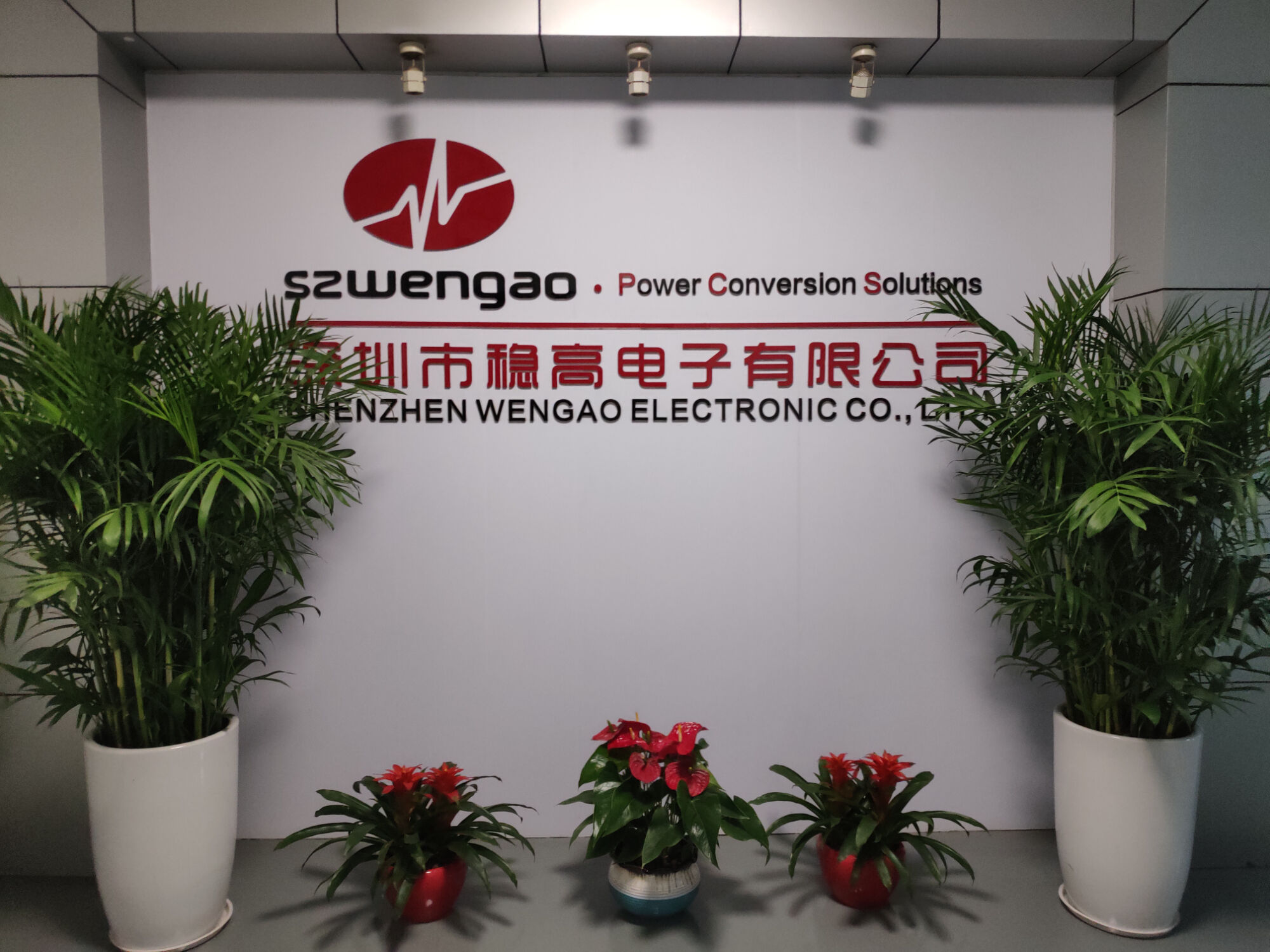Der Grund für Spannungsregler: Leistungsstabilität
In einem elektronischen Schaltkreis ist ein spannungsregler ein wichtiges Bauelement, das dazu dient, ein konstantes Spannungslevel aufrechtzuerhalten, selbst wenn sich die Eingangsspannung ändert oder die Last variiert.
Grundlagen von Spannungsreglern
Ein Spannungsregler ist jedes elektronische Gerät oder Schaltkreis, der Spannungsebenen stabilisiert, um eine Ausgabe mit konsistenter Spannung bereitzustellen, unabhängig von Änderungen am Eingang oder an den Belastungsbedingungen. Sie sind notwendig, um Schäden zu vermeiden und die richtige Funktionsweise der elektronischen Geräte sicherzustellen.
Verschiedene Arten von Spannungsreglern
Lineare Regler: Diese verwenden ein lineares Steuerelement, um die Ausgabe gemäß Referenzspannung und Rückkopplungsmechanismus anzupassen. Sie sind einfach im Design, aber effizient für Niedrigleistungsanwendungen, da sie Energie in Wärme umwandeln.
Schaltregler: Schaltregler, auch als 'Switched Mode Power Supplies' bekannt, sind sehr effektiv und geeignet für Hochleistungsanwendungen. Er reguliert seine Ausgabe, indem er Schalter schnell ein- und ausschaltet.
Betrieb
Um die Spannung zu regulieren, überprüft ein Spannungsregler, ob eine Anpassung des Steuerelements (wie Transistor, Schalter) notwendig ist, und vergleicht die tatsächliche Ausgangsspannung mit einer Referenzspannung. Wichtige Funktionen umfassen:
Spannungsregelung: Die Ausgabe bleibt innerhalb bestimmter Toleranzen konstant.
Lastregelung: Die Ausgabe bleibt konstant, trotz variierender Strommengen, die vom Lastkreis abgezogen werden.
Eingangsregelung: Verhindert Schwankungen der Ausgangsspannung aufgrund von Änderungen an den Eingangsspannungen.
Anwendungen von Spannungsreglern
Verbraucherelektronik: Versorgung von Smartphones, Laptops, Fernsehern und anderen Haushaltsgeräten mit Strom.
Industrieausrüstung: Sicherstellung einer stetigen Stromversorgung für Maschinen, Steuersysteme und Instrumente.
Automobil: Regulierung von Fahrzeugelektronik und Ladegeräte-Spannungen.
Telekommunikation: Gewährleistung eines ununterbrochenen Betriebs von Kommunikationsnetzen und -ausrüstungen.
Erneuerbare Energien: Die Integration von Solarpaneelen/Windrädern ermöglicht stabile Ausgangsspannungen.
Vor- und Nachteile
Stabilität: Hält eine konstante Spannungsausgabe aufrecht, was für empfindliche elektronische Komponenten entscheidend ist.
Effizienz: Die Schaltregler sind sehr effizient und verursachen weniger Energieverlust.
Kompaktes Design: Dies ermöglicht die Integration in kleine elektronische Geräte oder Systeme.
Wärmeabfuhr: Lineare Regler können Wärmeschirme benötigen, um den während des Spannungsregelungsprozesses entstehenden Überschuss an Wärme abzuführen.
ZUSAMMENFASSUNG
Zusammengefasst sind Spannungsregler lebenswichtige Bauelemente sowohl in elektronischen als auch in elektrischen Systemen, die konstante Spannungen aufrechterhalten und so eine stabile und zuverlässige Leistung sicherstellen. Mit fortschreitender Technologie entwickeln sich diese weiter und bieten höhere Effizienzen, kleinere Größen und mehr Funktionen, um einer Vielzahl moderner Anwendungen in verschiedenen Industrien gerecht zu werden. Solche Verbesserungen gewährleisten die bestmögliche Systemleistung und erhöhen die Lebensdauer der Elektronik in einer immer vernetzteren Welt.
Empfohlene Produkte
Aktuelle Nachrichten
-
Anwendungsvorteile von nicht isolierten BUCK-Wandlern im Vergleich zu isolierten Step-Down-Wandlern
2024-01-23
-
Gleichstromkonverter zeigen bemerkenswerte Vorteile bei Outdoor-Anwendungen außerhalb des Netzes
2024-01-23
-
Gleichstrom-Zustandsablader für Batterien - Breite Eingabe und Geräuschdichtigkeit für Anwendungen mit zwei Batterien
2024-01-19

 DE
DE
 EN
EN AR
AR
 BG
BG
 HR
HR
 CS
CS
 DA
DA
 NL
NL
 FI
FI
 FR
FR
 EL
EL
 HI
HI
 IT
IT
 JA
JA
 KO
KO
 NO
NO
 PL
PL
 PT
PT
 RO
RO
 RU
RU
 ES
ES
 SV
SV
 CA
CA
 TL
TL
 IW
IW
 ID
ID
 SR
SR
 SK
SK
 UK
UK
 VI
VI
 HU
HU
 TH
TH
 TR
TR
 FA
FA
 AF
AF
 MS
MS
 GA
GA
 HY
HY
 BN
BN
 MN
MN





